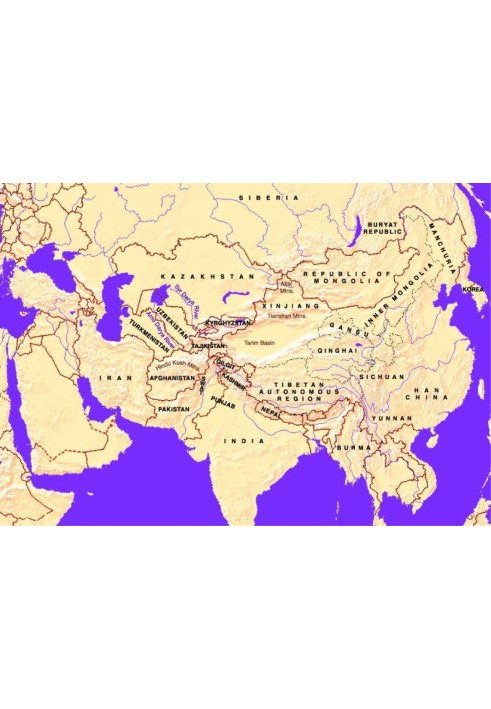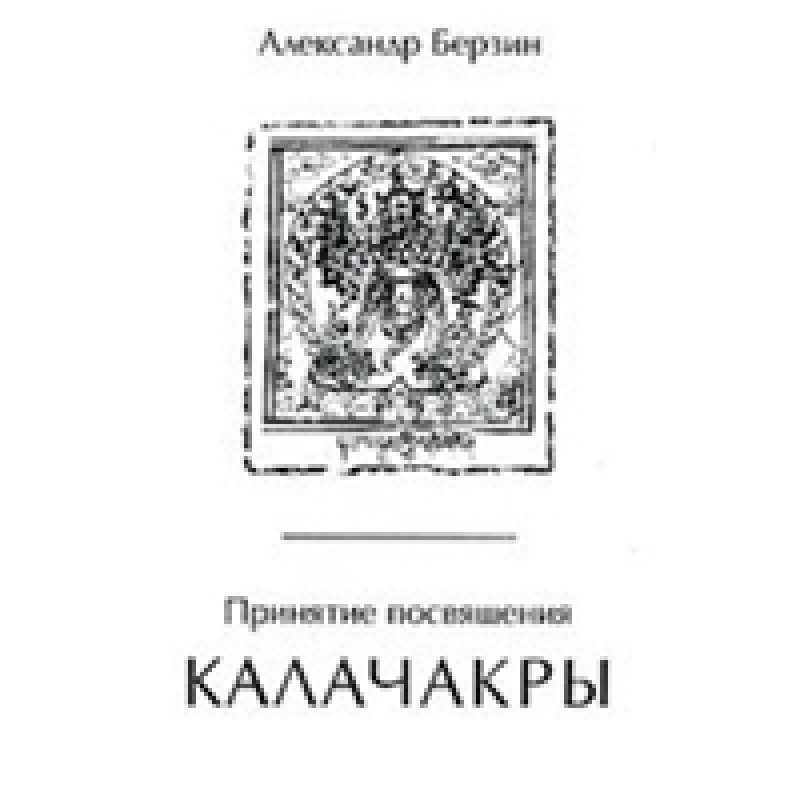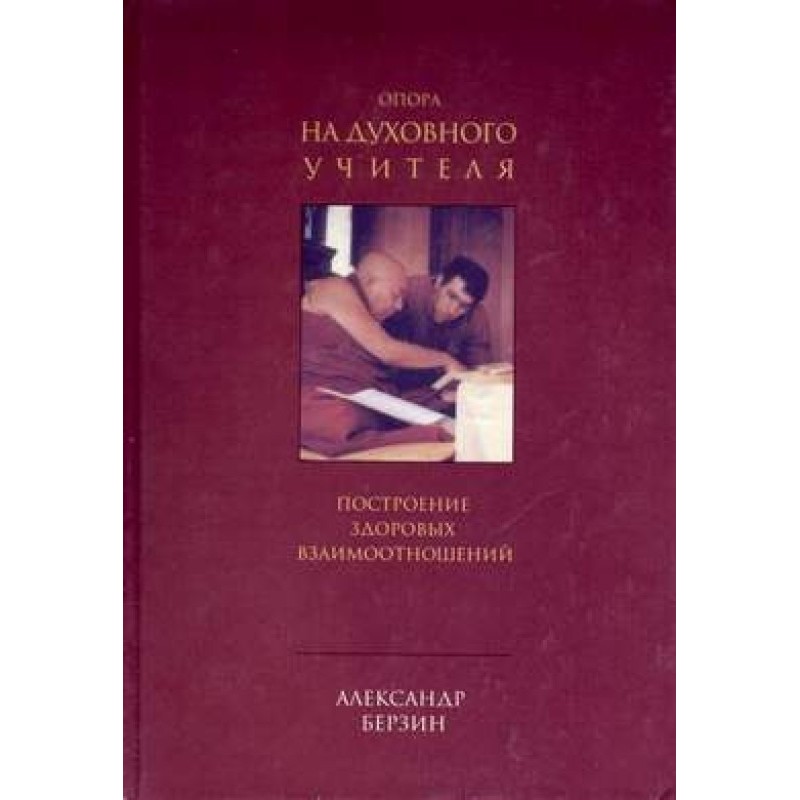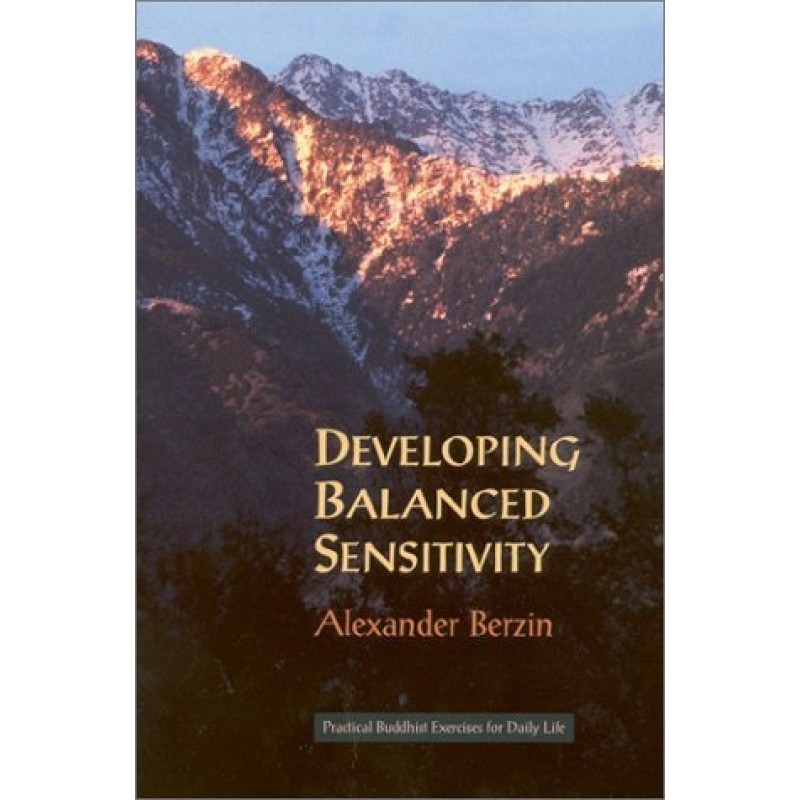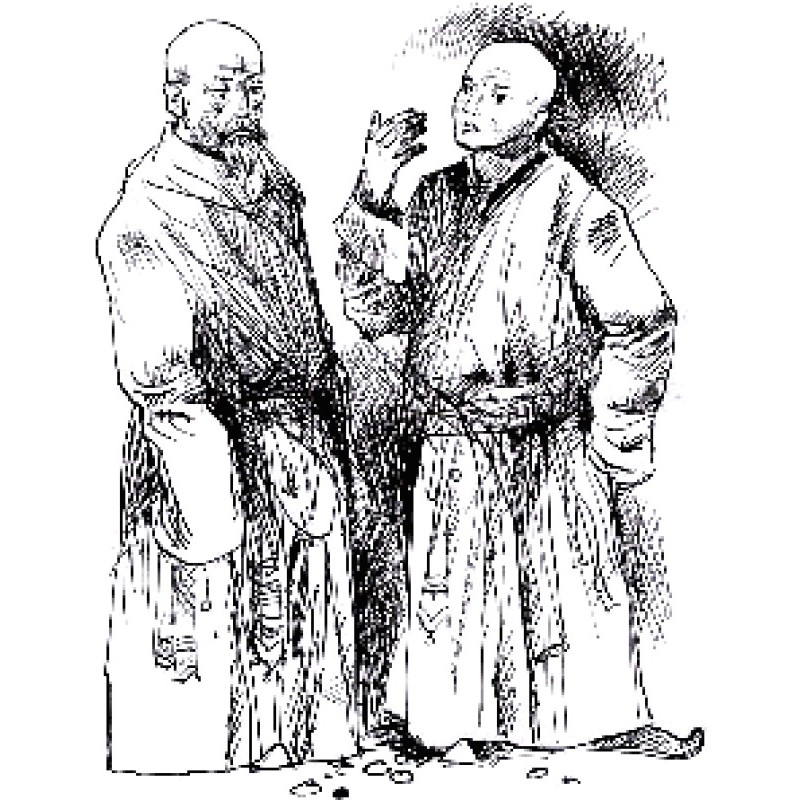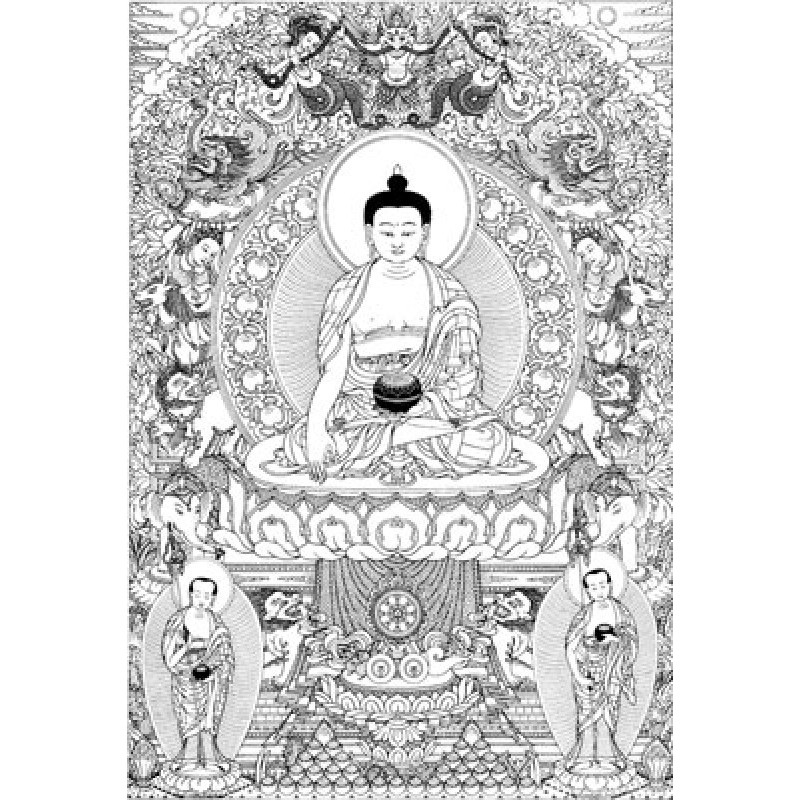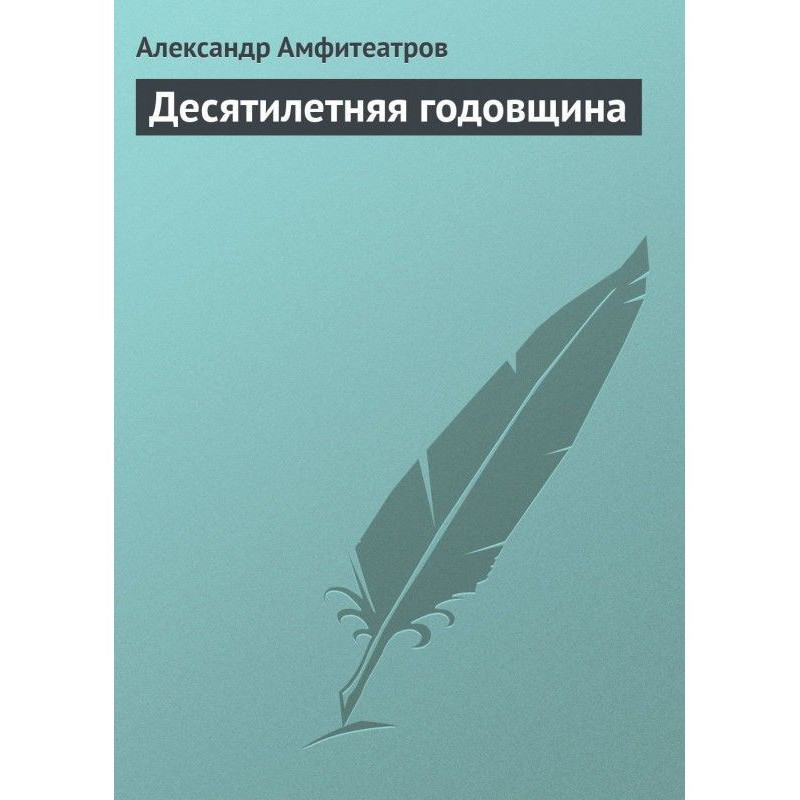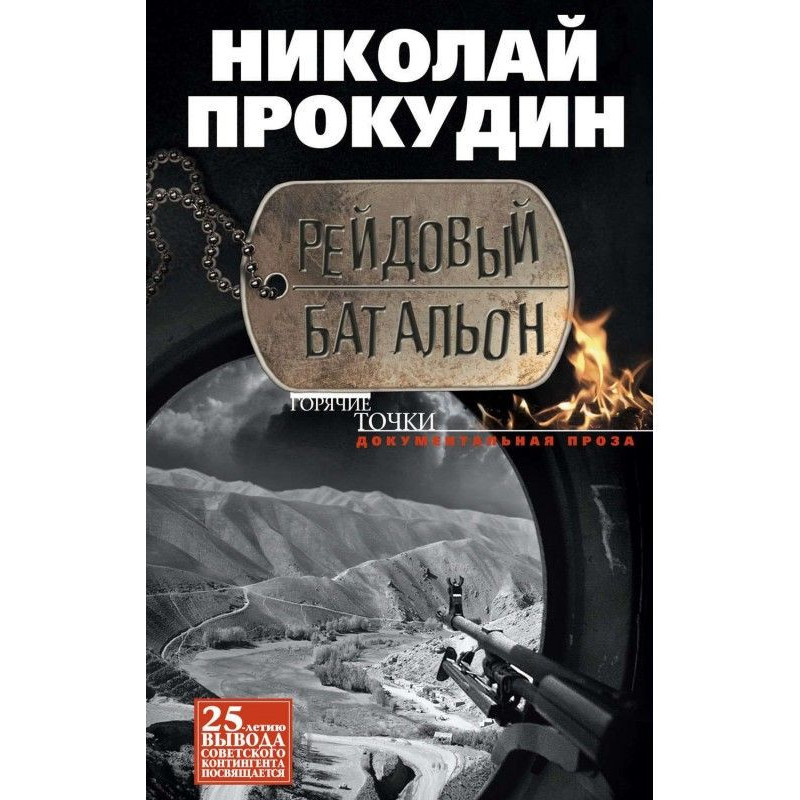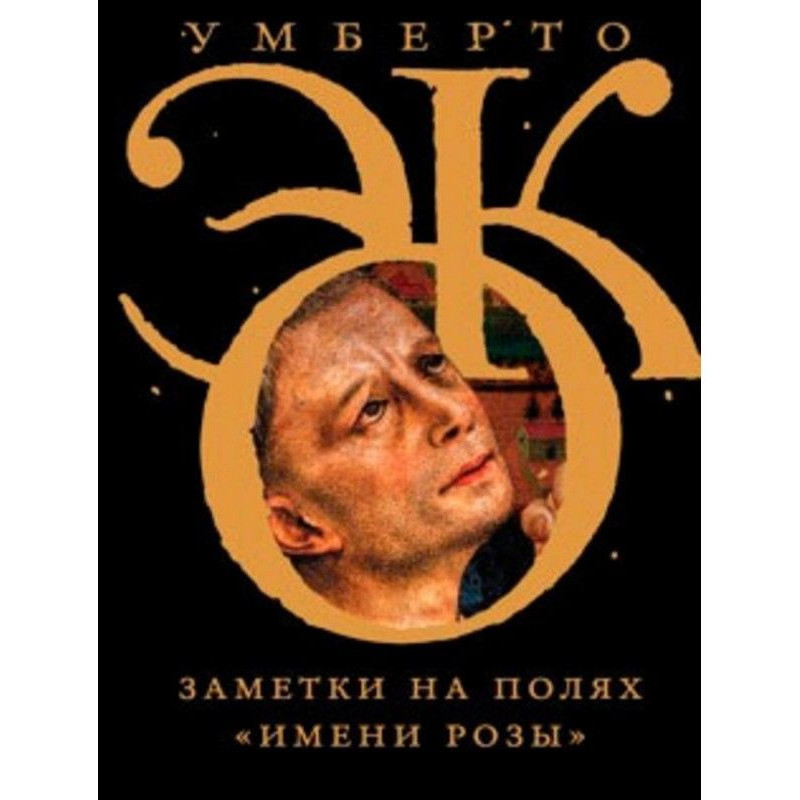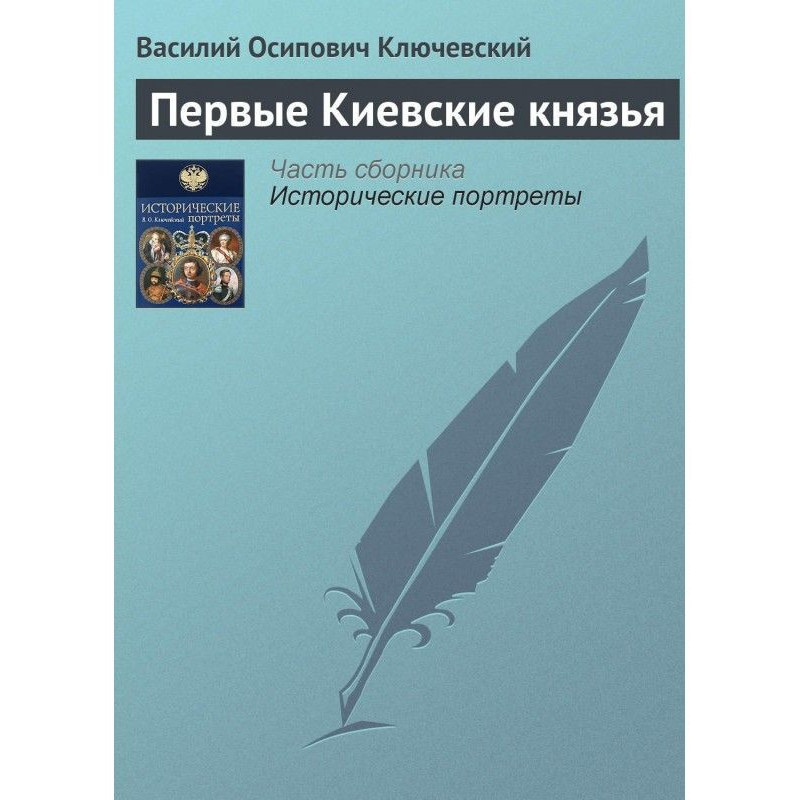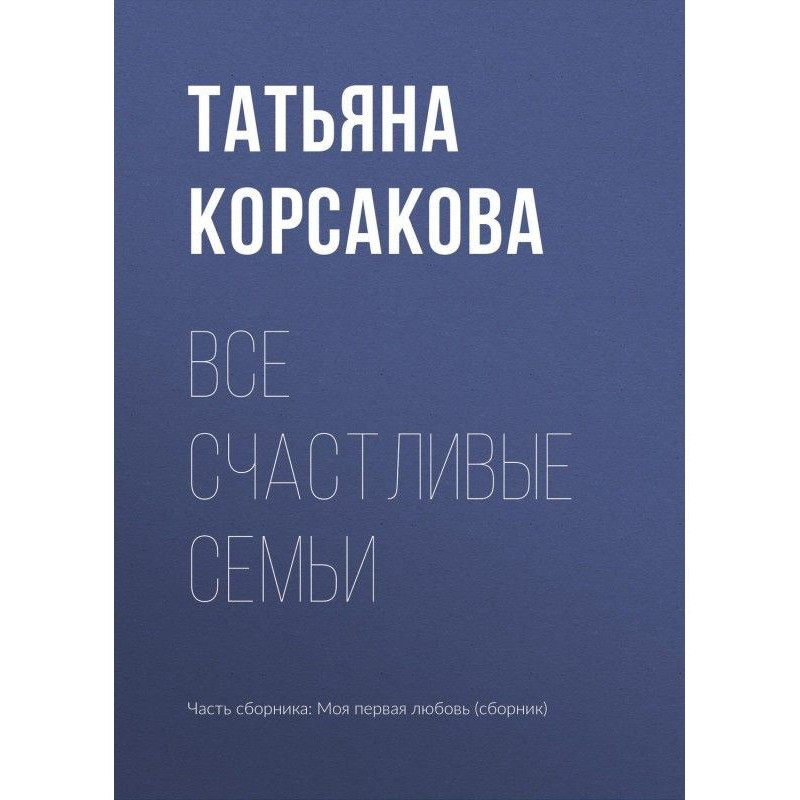Historical interaction of Buddhist and Islamic cultures before the emergence of the Mongol Empire
 Instant download
Instant download
after payment (24/7)
 Wide range of formats
Wide range of formats
(for all gadgets)
 Full book
Full book
(including for Apple and Android)
The attitude of the Christian West towards Muslims as forces of the devil has a long history. Starting at the end of the 11th century AD. from the Crusades, the purpose of which was to reconquer the Holy Land from the Muslims, it continued with the fall of the center of the Eastern Orthodox Church - Constantinople - under the onslaught of the Turks in the middle of the 15th century and resumed after the major defeat of the British and Australians in the battle with the Turks at Gallipoli (Dardanelles operation) in the First world war. Western media often portray Islamic religious figures as "mad mullahs" and portray Muslim leaders such as Colonel Gaddafi, Saddam Hussein, Idi Amin, Ayatollah Khomeini and Yasser Arafat as Satan. Many Westerners consider all Muslims to be fanatical terrorists, and Islamic fundamentalists are immediately suspected of such senseless acts of violence as the bombing of a government building in Oklahoma City in 1995. In response to such disrespect for their leaders, religion and culture, many Muslims in turn view the West as the "land of Satan" that threatens their values and holy places. Such mutual paranoia and mistrust are a major obstacle to understanding and cooperation between non-Muslims and the Islamic world. Alexander Berzin, 1996 article edited January 2003 and December 2006 Original article: www.berzinarchives.com /web/x/nav/group.html_1232962266.html
Data sheet
- Name of the Author
- Александр Берзин
- Language
- Russian
Reviews
Глибоке дослідження культурних взаємодій
Книга "Історична взаємодія буддійської та ісламської культур до виникнення Монгольської імперії" є вражаючим дослідженням, яке відкриває нові горизонти розуміння складних стосунків між різними культурами. Автор глибоко занурюється в історичний контекст, показуючи, як взаємодія між буддизмом і ісламом формувалася під впливом політичних і соціальних факторів. Книга не лише розглядає конфлікти, але й підкреслює моменти співпраці та взаємопроникнення, що є важливими для розуміння сучасних відносин між культурами. Вона спонукає читача замислитися про стереотипи, які існують у сучасному суспільстві, та про те, як історія формує наше сприйняття інших. Це важливе чтиво для всіх, хто цікавиться історією, культурою та міжкультурними відносинами, адже воно допомагає зрозуміти, як минуле впливає на сьогодення. Рекомендую всім, хто прагне розширити свої горизонти та поглибити знання про світову історію!

